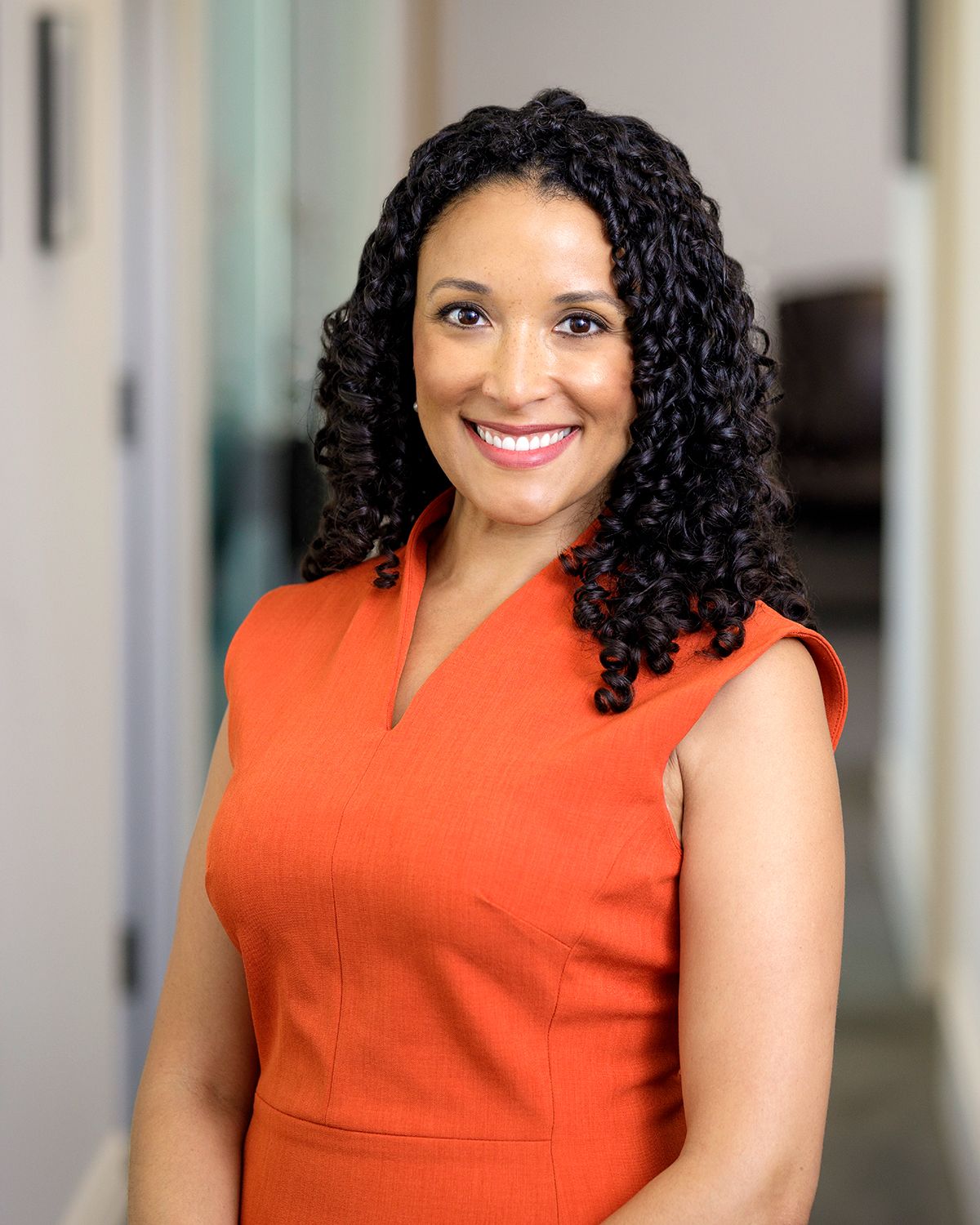Many people who lived in Rachel J. Robasciotti’s neighborhood in Oroville, California, worked in dangerous jobs building the local dam. But when a flood hit the area, their homes were the first to be inundated.
As a child in that segregated city about 65 miles north of Sacramento, Robasciotti was introduced to a concept that would inspire her later in life to found Adasina Social Capital. She said she was the first to use the term “social justice investing.” The fund applies social justice investing as a form of asset allocation that promotes climate, racial, gender and economic equality.
In Oroville, the population that did the most difficult labor also was redlined into the most challenged neighborhood. It’s an example of what Robasciotti calls “unsustainable extraction” from an underrepresented group, similar to climate degradation.
“I came from the communities that are most negatively impacted by the choices that financial actors were making,” she said. “Those are the groups of people that we’ve decided don’t mean as much. There’s a whole economic system at work.”
Robasciotti was raised by a single mother in a family led by women. Three of her relatives were killed by the police. She excelled at math and went on to graduate from the University of California, Berkeley.
She has created initiatives that are helping reduce barriers for asset managers of color. In addition, Adasina ETF has outperformed the benchmark FTSE since 2020 with a return of 6.12% compared to 2.14% through the end of 2022. “In the long term, we’re proving our investment thesis,” Robasciotti said.
— Mark Schoeff Jr.

